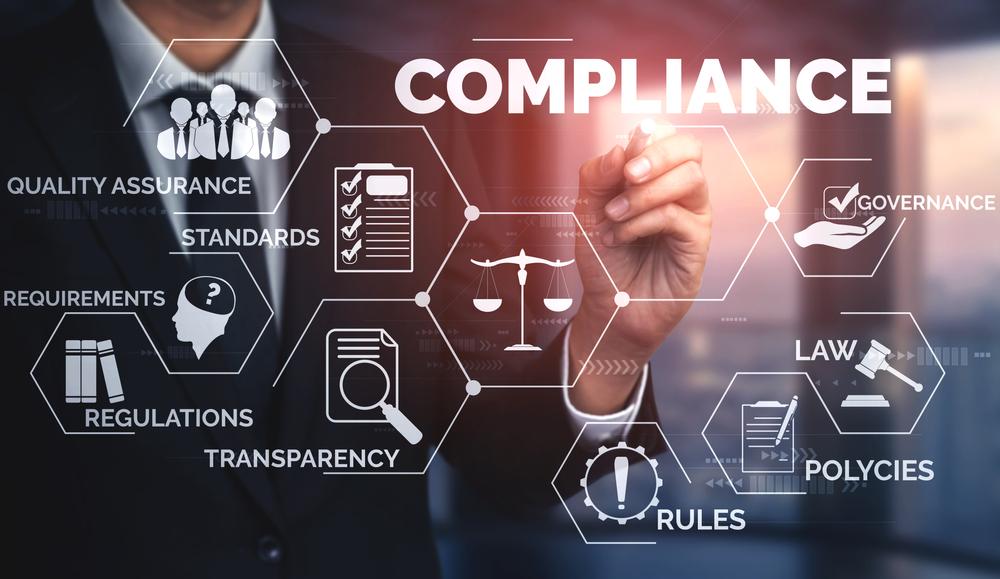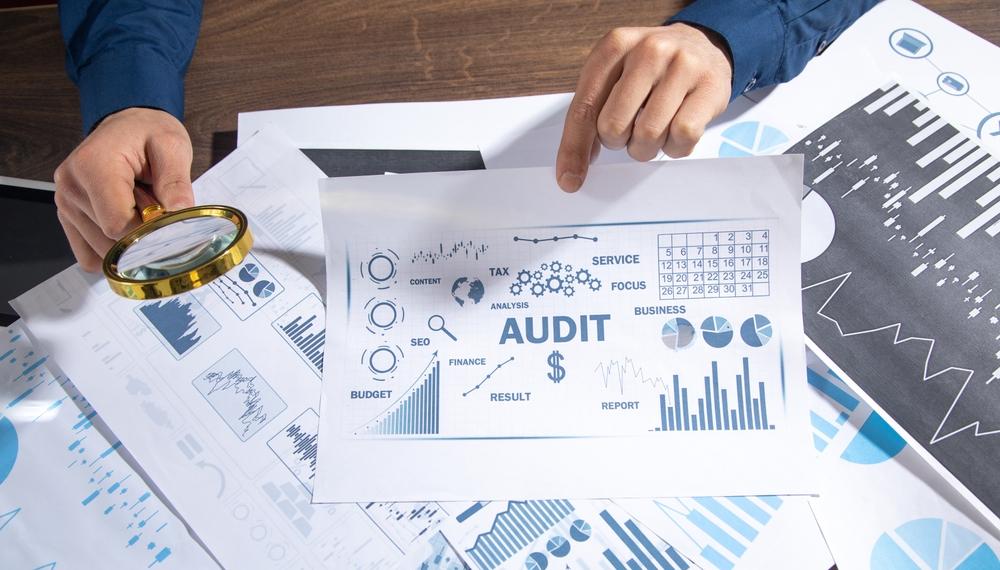In a world where skyscrapers touch the sky and cities pulse with life, a quieter yet profound revolution is reshaping our urban landscapes—one that envisions buildings not just as structures of steel and glass, but as beacons of sustainability and stewards of our fragile planet. As the clock ticks on environmental concerns and the effects of climate change become more palpable, the concept of sustainable construction has evolved from a fringe idea to an imperative necessity. At the heart of this transformation lies the dynamic evolution of green building policies, driving the construction industry to embrace innovation, responsibility, and a commitment to a greener future. In the year 2023, these policies stand not as mere regulations, but as the foundation upon which our sustainable tomorrows will be built.
The Foundation of Green Building Policies
The roots of green building policies can be traced back to the 1960s and 70s, a period marked by heightened environmental awareness. The first Earth Day in 1970 and the oil crisis of 1973 were pivotal moments that catalyzed a shift towards more sustainable practices. Early policies primarily focused on energy conservation and waste reduction, laying the groundwork for the more comprehensive regulations that would follow.
Milestones such as the creation of the Leadership in Energy and Environmental Design (LEED) certification system in 1998 and the subsequent launch of similar systems like BREEAM in the UK underscored the growing interest in environmentally friendly construction. These early initiatives emphasized energy-efficient designs, water conservation, and responsible material usage. Their success paved the way for governments worldwide to take bolder steps in shaping green building policies.
The Current State of Green Building Policy in 2023

As we stand on the threshold of 2023, green building policies have become a global phenomenon, varying in depth and scope from region to region. Nations and municipalities across the world have enacted regulations that demand compliance with specific sustainability standards. These policies touch upon various facets of construction, from energy performance and water management to site selection and occupant well-being.
One key feature that has gained prominence is the adoption of green building certification systems. The LEED certification, for instance, has become a hallmark of sustainable buildings, encouraging compliance with a set of internationally recognized benchmarks. Similar systems like BREEAM, developed in the UK, and Green Star in Australia have amplified the importance of green construction practices.
The Driving Forces Behind Policy Evolution
The accelerated evolution of green building policies in recent years can be attributed to a convergence of compelling factors. The scientific consensus on climate change and its direct correlation with the built environment has acted as a clarion call for action. The realization that buildings are not only contributors to environmental degradation but also crucial players in its mitigation has propelled governments to enact stricter policies.
Public awareness and demand for greener and healthier living spaces have further bolstered policy evolution. With more individuals understanding the long-term benefits of energy-efficient buildings, there has been an increased market demand for sustainable structures. This shift in consumer preferences has driven the construction industry to adopt greener practices to remain competitive.
Technological advancements have also been pivotal in enabling the evolution of green building policies. Innovations in materials, construction techniques, and renewable energy systems have made it more feasible to construct environmentally friendly buildings without compromising aesthetics or functionality. These advancements have debunked the myth that sustainability comes at a higher cost.
Economic benefits have also played a role in accelerating policy evolution. Green buildings have been found to significantly reduce energy consumption and operational costs over their lifespan, offering substantial savings to both owners and occupants. Additionally, the growth of the green construction sector has led to the creation of new jobs and economic opportunities.
Challenges and Obstacles
Despite undeniable progress, the path to comprehensive green building policies has been riddled with challenges. One of the primary obstacles is the initial cost associated with implementing sustainable practices. While green buildings offer long-term savings, the upfront investment can deter some stakeholders. This challenge calls for innovative financing models that make sustainability more accessible.
Lack of awareness and education is another hurdle. Many individuals, including industry professionals, remain unaware of the latest green building practices and their benefits. Raising awareness through education and training is essential to bridge this gap.
Resistance to change is a common human tendency that extends to the construction industry. Traditional practices often hold sway due to familiarity, making it difficult to introduce newer, greener methods. Regulatory bodies must work hand in hand with industry players to foster a culture of change.
Conflicting regulations and bureaucratic red tape can also hinder the effective implementation of green building policies. Harmonizing green building regulations with existing codes is crucial to avoid confusion and ensure compliance.
The Future of Green Building Policies
As we look beyond 2023, several trends indicate the potential directions that green building policies might take. The integration of advanced technologies like artificial intelligence (AI) and the Internet of Things (IoT) is poised to revolutionize building management and optimization. Smart systems will enable real-time monitoring and adjustments to enhance energy efficiency and occupant comfort.
Circular economy principles will likely play a more significant role in shaping green building policies. Emphasis on reusing and recycling materials will reduce waste and resource depletion. Governments may introduce incentives for adopting circular construction practices, creating a more sustainable lifecycle for buildings.
The extension of policies to cover existing buildings is an inevitable step to maximize environmental impact. Retrofitting and renovating older structures to meet green standards will be crucial in reducing the overall carbon footprint of the built environment.
Global collaboration is another trajectory that holds promise. Standardizing green building practices and certification systems on a global scale can streamline policies, facilitate cross-border construction, and create a consistent framework for sustainable development.
Advantages and Benefits
The advantages of robust green building policies are manifold. Reduction of greenhouse gas emissions is perhaps the most significant benefit, contributing directly to climate change mitigation. Improved indoor air quality and occupant health are equally vital outcomes, as buildings designed with sustainability in mind prioritize the well-being of those who live and work within them.
The creation of green jobs and the stimulation of economic growth is a crucial advantage of sustainable construction. As the demand for green buildings increases, more job opportunities will emerge in fields like energy-efficient design, renewable energy installation, and sustainable material production.
Energy efficiency, a cornerstone of green building policies, leads to long-term cost savings for building owners. Reduced energy consumption translates to lower utility bills and operational expenses, enhancing the financial viability of green buildings.
The Role of Stakeholders

The evolution of green building policies necessitates the active involvement of various stakeholders. Governments must enact and enforce regulations that foster sustainable practices. Industries, including construction and materials, need to innovate and adopt greener methods. Non-governmental organizations (NGOs) play a role in advocacy and education, while communities and individuals drive demand for sustainable buildings. Transparent communication and collaboration between these stakeholders are essential to ensure that policies are not only implemented but also effective in achieving their intended outcomes.
Conclusion
As we stand on the cusp of an era defined by its challenges and opportunities, the evolution of green building policies stands as a beacon of hope and a roadmap for progress. The journey from modest beginnings to the global stage has been an odyssey driven by necessity and fueled by innovation. But this journey is far from over; it’s a dynamic narrative that continues to unfold with each brick laid, each solar panel installed, and each policy enacted.
The story of green building policies is a story of collective responsibility—a reminder that our built environment is not just a testament to human ingenuity, but a canvas upon which our values, aspirations, and dedication to a sustainable future are vividly painted. By navigating the challenges, leveraging the driving forces, and fostering collaboration among stakeholders, we are crafting a legacy of sustainability that will stand tall alongside our architectural marvels.
So, as we gaze toward the horizon of 2023 and beyond, let us remember that the evolution of green building policies is a chapter of our shared narrative, a narrative that has the power to shape cities that breathe, buildings that heal, and a planet that thrives. The future is not just a destination—it’s an ongoing project, and with the foundation of green building policies beneath us, we are building it green, resilient, and boundlessly promising.
Elevate your property’s energy efficiency through VertPro® Upgrades, where we not only specialize in Commercial Energy Audit and Benchmark Compliance consultancy but also offer the transformative service of Commercial Roofing through our Construction Marketplace.
As the trusted leader in this field, VertPro empowers Building Owners & Property Managers nationwide with innovative SaaS technology-based solutions. From Energy Benchmarking to Energy Audits/RCx Plus, our comprehensive approach ensures adherence to over 50 Energy Benchmarking & Energy Efficiency Laws.
Don’t miss the chance to maximize your energy potential and property value – explore VertPro.com’s integrated solutions today!


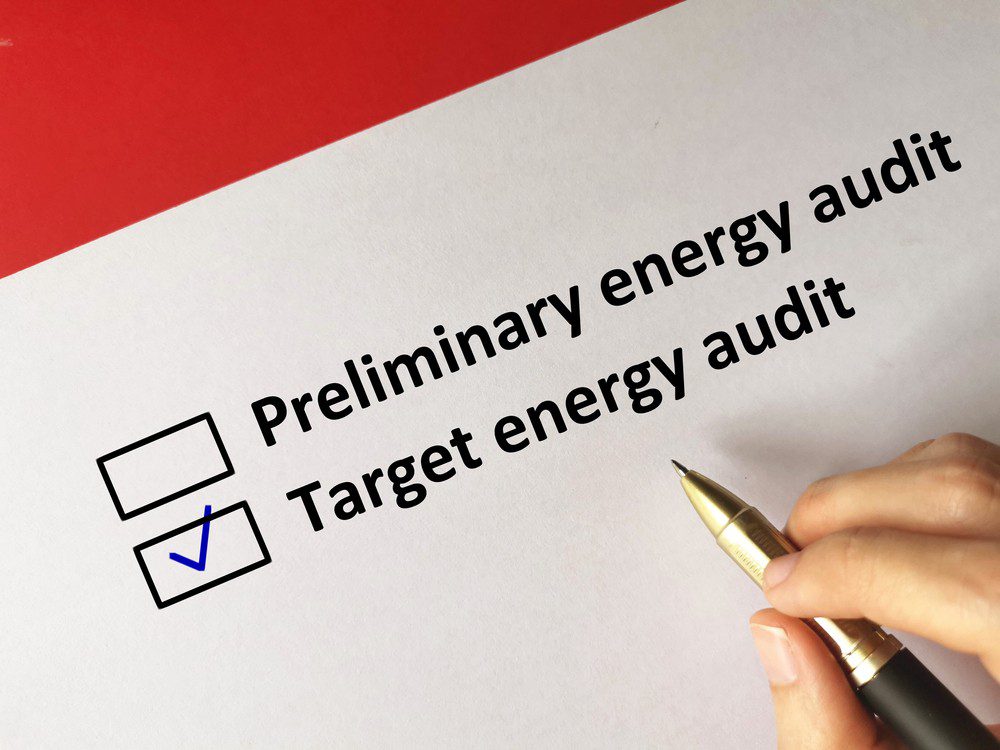

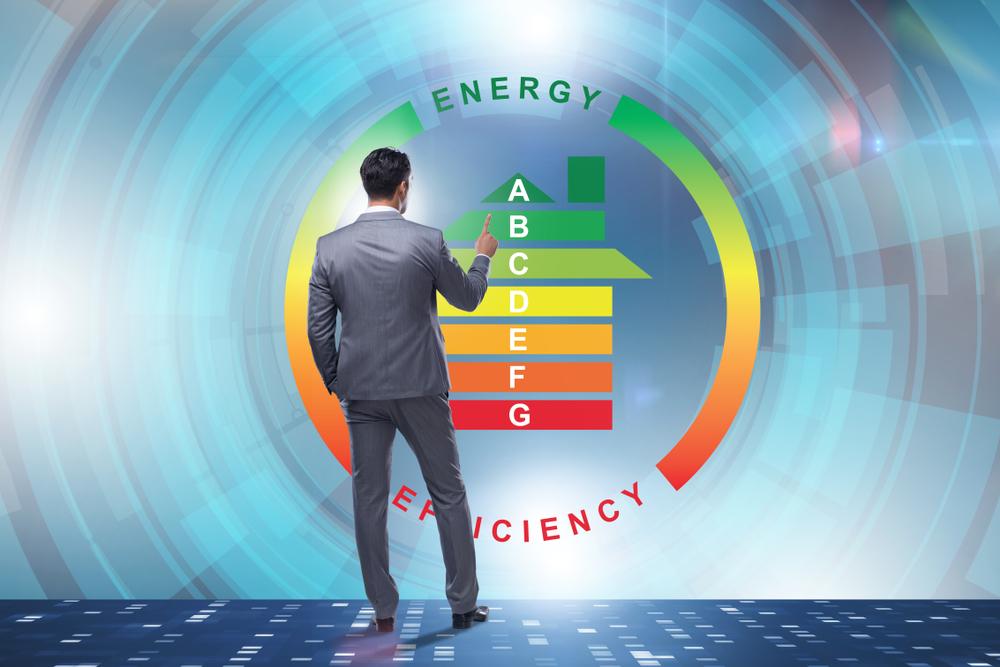


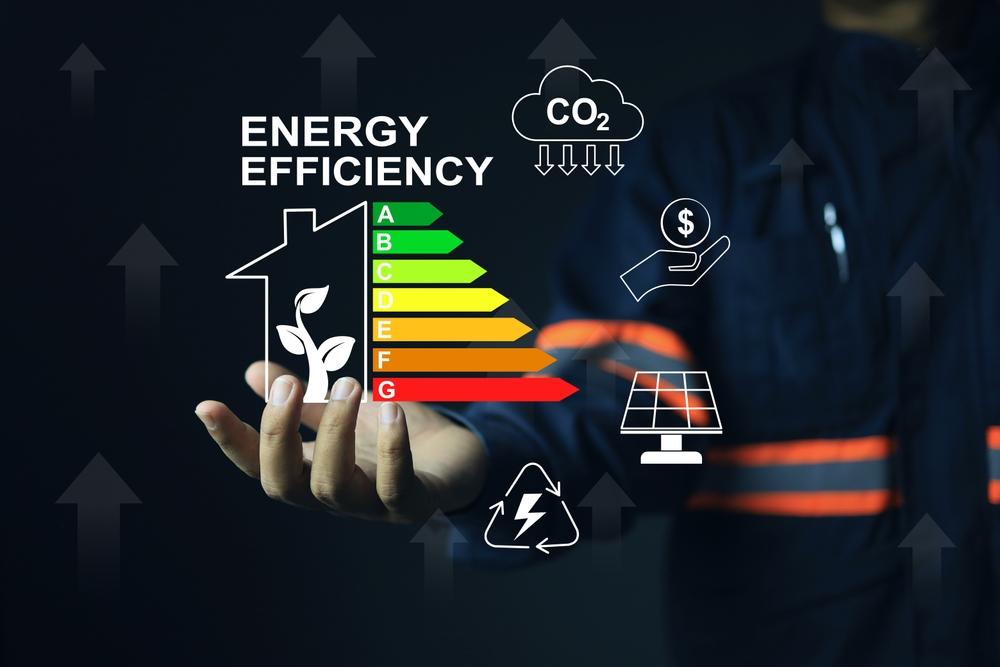

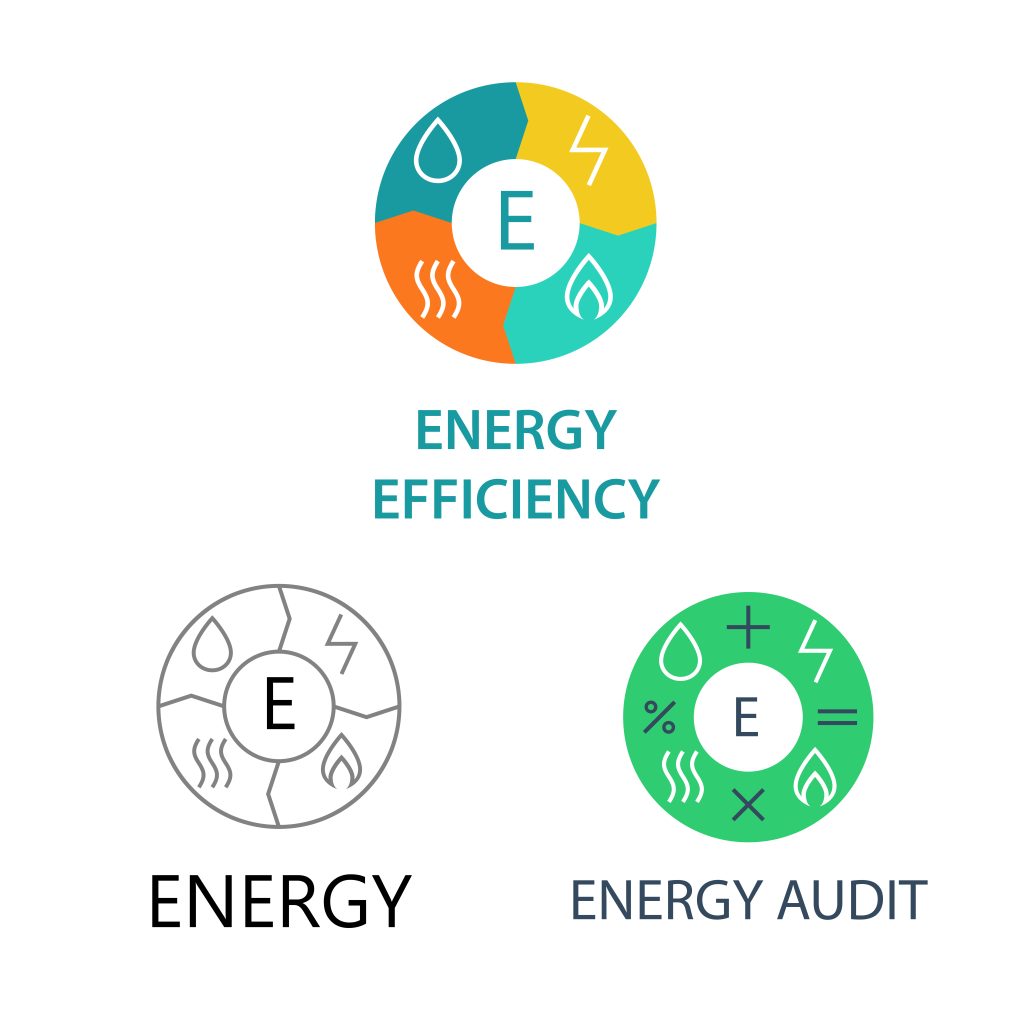 Lighting accounts for a significant portion of a building’s energy usage. Replacing inefficient lighting technologies with energy-efficient options, such as LED bulbs, can result in significant energy savings and improved lighting quality.
Lighting accounts for a significant portion of a building’s energy usage. Replacing inefficient lighting technologies with energy-efficient options, such as LED bulbs, can result in significant energy savings and improved lighting quality.